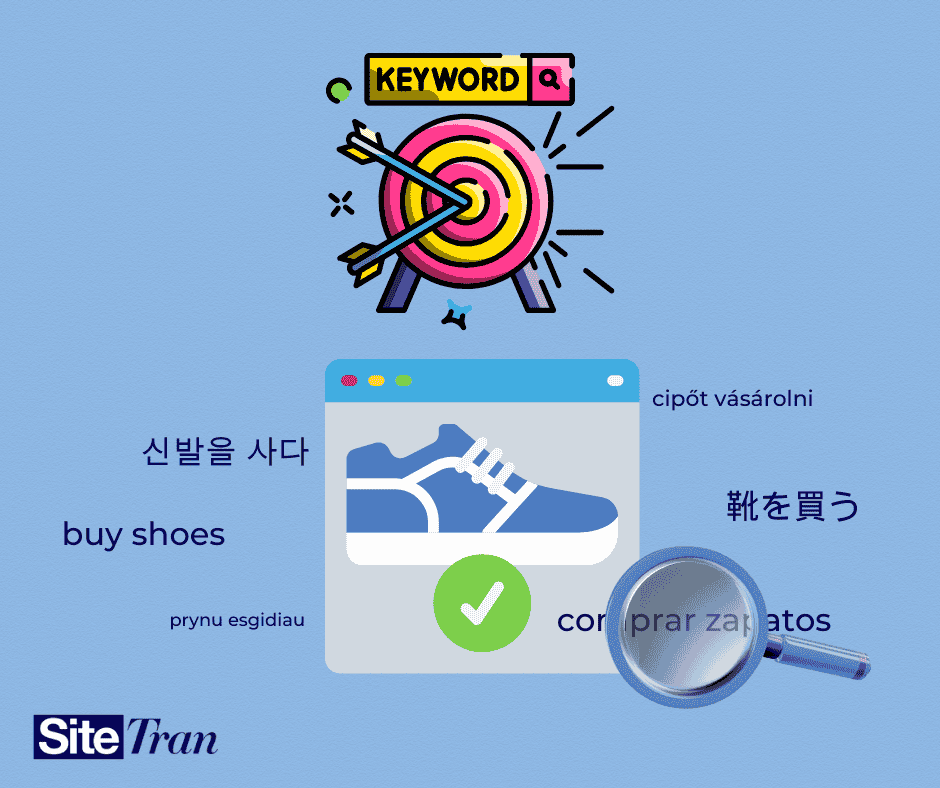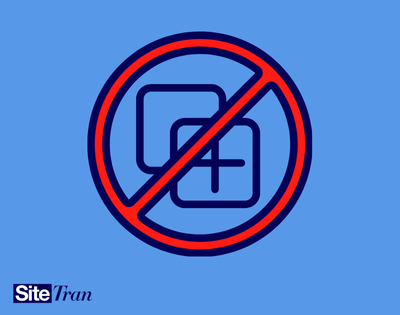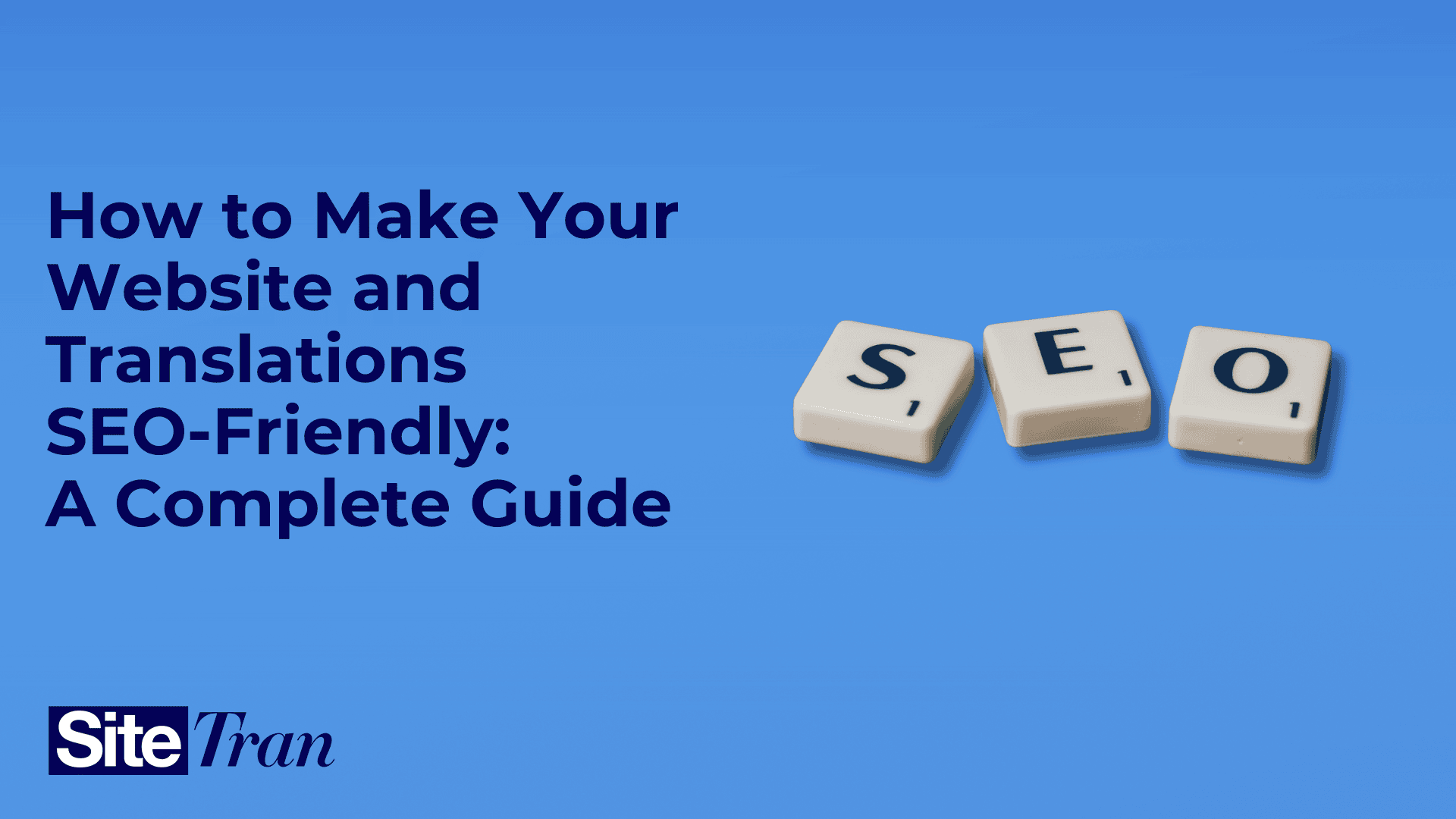Did you know that 72.4% of consumers are more likely to buy a product if the information is in their native language? Yet, many websites fail to optimize their translations for SEO, missing out on global opportunities. If you're looking to expand your reach, improve search rankings, and connect with audiences worldwide, this guide is for you. We’ll walk you through actionable steps to make your website and translations SEO-friendly. https://csa-research.com/
Why SEO Matters for Translations
When it comes to multilingual websites, SEO isn’t just about keywords—it’s about creating a seamless experience for users in different languages. Poor translations can harm your SEO efforts by leading to duplicate content issues, low user engagement, and high bounce rates. On the other hand, optimizing your translations for SEO can:
- Improve your search rankings in multiple regions.
- Increase organic traffic from non-English-speaking audiences.
- Boost user engagement and conversions.
- Conduct Keyword Research for Each Language
- Use hreflang Tags
- Optimize Metadata for Each Language
- Avoid Duplicate Content
- Leverage Localization Tools
- Automatically translate metadata, alt text, and other SEO elements.
- Integrate hreflang tags effortlessly.
- Ensure translations are accurate and culturally appropriate.
- Improve Page Load Speed
- Using a Content Delivery Network (CDN) to serve content faster to users worldwide
- Compressing images and enabling browser caching
- Minimizing the use of heavy scripts
- A fast-loading website not only improves SEO but also enhances user experience
- Monitor and Adjust
- Why machine translation alone isn’t enough for SEO success.
- How to ensure your translations are culturally appropriate and engaging.
- Practical tips for maintaining consistency across all language versions of your site.
Keyword research is the foundation of SEO, and it’s even more critical for multilingual websites. What works in English may not resonate in Spanish or Japanese. Use tools like Google Keyword Planner or SEMrush to find relevant keywords in each target language.
Tip: Look for long-tail keywords that reflect how users in different regions search. For example, instead of “buy shoes,” a Spanish user might search for “comprar zapatos online.”

Hreflang tags tell search engines which language and region a page is targeting. This helps avoid duplicate content issues and ensures users see the correct version of your site. For example, if you have an English page for the US and a Spanish page for Mexico, hreflang tags will help Google serve the right page to the right audience.
Example:

Pro Tip: Proper implementation of hreflang tags can significantly improve your website’s visibility in targeted regions. According to Google, hreflang tags are essential for avoiding duplicate content issues and ensuring the correct language or regional URL is shown in search results (Google Search Central).
Metadata (like meta titles, descriptions, and alt text) plays a crucial role in SEO. Translate and adapt these elements for each language, ensuring they include relevant keywords.
Example:
English: “Buy Organic Coffee Online | Free Shipping”
Spanish: “Compra café orgánico en línea | Envío gratis”
Duplicate content can hurt your SEO rankings. When creating multilingual content, ensure each version is unique and tailored to its target audience. Use canonical tags to indicate the preferred version of a page.

Localization tools like SiteTran can streamline the translation process while ensuring SEO optimization. With SiteTran, you can:
Pro Tip: SiteTran’s real-time updates keep your translations in sync with your content, so you never miss an SEO opportunity.
Multilingual websites can sometimes slow down due to additional scripts or resources. Optimize your site’s speed by:

SEO is an ongoing process. Use tools like Google Analytics and Google Search Console to track your website’s performance in different regions. Look for trends, identify underperforming pages, and make adjustments as needed.
Creating a multilingual website that’s optimized for SEO can be challenging, especially when it comes to avoiding common mistakes like relying solely on machine translation or overlooking cultural nuances. To help you navigate these challenges, we’ve created a detailed blog that dives deeper into the 10 most common website translation mistakes and how to avoid them.
Check out our blog here: 10 Website Translation Mistakes You Need to Avoid
In this guide, you’ll learn:
By learning from these insights, you’ll be better equipped to create a website that resonates with global audiences and ranks well in search engines. And of course, SiteTran is here to make the process easier, faster, and more effective.
Optimizing your website and translations for SEO is no longer optional—it’s essential for reaching global audiences. By following these steps, you can improve your search rankings, increase traffic, and provide a better experience for users worldwide.

